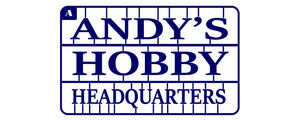Availability is limited and offered while supplies last. These kits are no longer being produced.
The Felixstowe F.2a was probably the most successful flying boat of the First World War. With a crew of 5 it was capable of carrying out long range reconnaissance, anti-submarine and anti-shipping patrols of up to 10 hours duration. The development of the Felixstowe F.2a is staggeringly convoluted but it was essentially an Anglo-American design which can trace its roots to the pre war Glenn Curtiss & Cyril Porte designed 180hp twin engine ‘America’ flying boat design.
This basic design was improved, enlarged, strengthened and repowered successively by both Curtiss and Porte (having now returned to service in the RNAS after the outbreak of war despite suffering from Tuberculosis) over the next few years until July 1917 when Porte arrived at the characteristic deep ‘V’ hull with full side fins. Although technically now a wholly Porte design these Felixstowe flying boats, so named because they were developed at the RNAS Seaplane Experimental Station at Felixstowe in Suffolk, were referred to as ‘Large Americas’ by the British and as ‘Curtiss’ types by the Germans.
- High quality Cartograf decals with markings for 5 spectacular flying boats.
- 392 high quality injection moulded plastic parts.
- Optional open top cockpits & coamings (Late production or converted from Early configuration), optional fin tops, rear hull sides, ailerons, windscreens and Scarff gun rings.
- Beaching dollies and trestles.
- Highly detailed 375hp Rolls Royce Eagle engines.
- 47 photo-etched metal detail parts.
- Fine in scale rib tape detail.
- 91cm or 92cm wingspan.
- Removable outer wing panels for easier storage.
- Full rigging diagrams.







